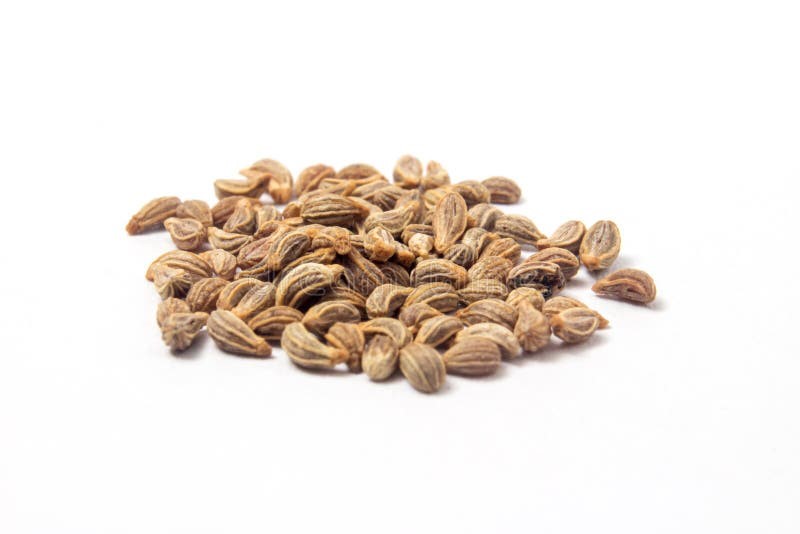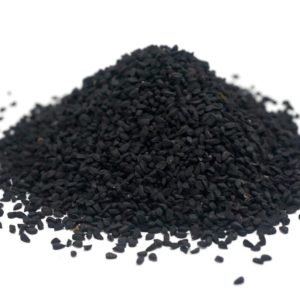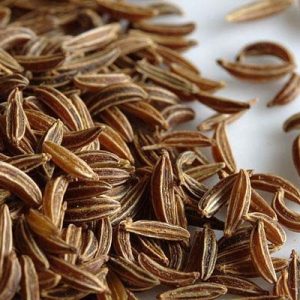Description
Specifications
Product Type
Seeds
English/Common Name
Curly parsley
Botanical Name
Petroselinum crispum
Origin
Egypt
General Usage
Parsley has been used as a source of certain vitamins and minerals. Parsley seed was used traditionally as a carminative to decrease flatulence and colic pain. The root was used as a diuretic and the juice to treat kidney ailments. Parsley oil also has been used to regulate menstrual flow in the treatment of amenorrhea and dysmenorrhea, and is purported to be an abortive. Bruised leaves have been used to treat tumors, insect bites, lice, skin parasites, and contusions. At one time, parsley tea was used to treat dysentery and gallstones. Other reported traditional uses include treatment of diseases of the prostate, liver, and spleen. Historically, parsley also has been used in the treatment of anemia, arthritis, and cancers, as an expectorant, antimicrobial, aphrodisiac, hypotensive, diuretic, and laxative. It also has been used as a scalp lotion to stimulate hair growth. Parsley has many vitamins, minerals, and antioxidants that can provide important health benefits. It is a particularly rich source of vitamin K.
Overview
Parsley is an annual herb indigenous to the Mediterranean region, but now cultivated worldwide. It has erect stems and bright green leaves. Two cultivars of parsley exist: a curly leaf type and a flat leaf type. Parsley produces an umbel of tiny flowers and characteristic ribbed seeds. Parsley is a widely cultivated flowering herb that belongs to the family Apiaceae. It is prevalent in American, European, and Middle Eastern cuisine.
Packing and Shipment
TBC / Seeds
Color
Brown
Packing
P.P Bages
Paper Bags
Wieght
10 kg
25 kg
Capicity per Container
20 FT: 13 TONS
40 FT:26 TONS
Quality
Grade: A,
Grade: B
Availabilty
Organic
Conventinal
EU Standards






